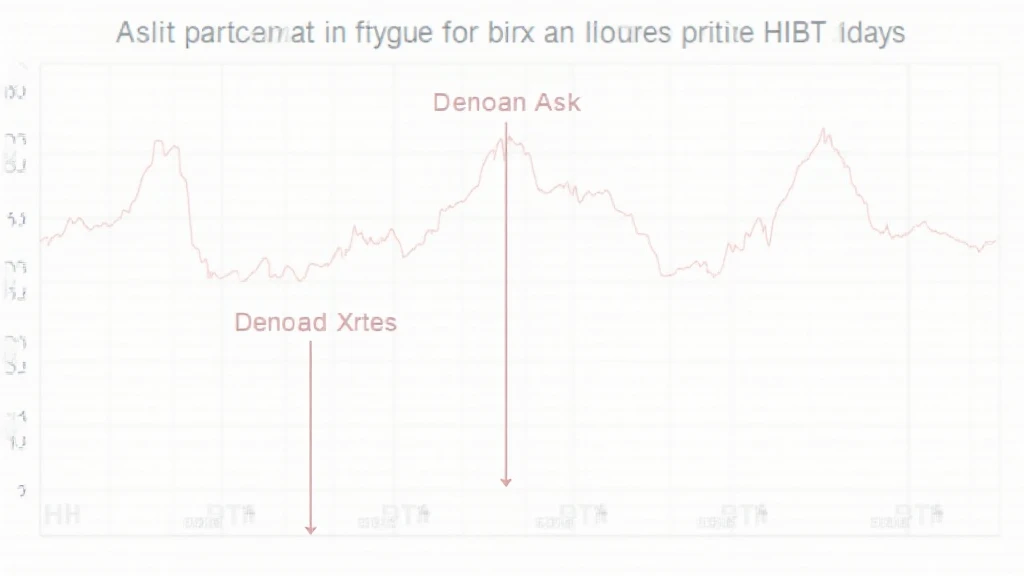Bitcoin Halving and Its Economic Forecasts
With the Bitcoin halving event approaching in 2024, many investors and enthusiasts are eager to understand its potential economic impacts. Historically, Bitcoin halving has led to significant price movements and market behaviors. This article delves into the intricate workings of Bitcoin halving, the economic forecasts leading up to the event, and what it means for both seasoned investors and newcomers entering the world of cryptocurrencies.
Understanding Bitcoin Halving
Every four years, the reward for mining new Bitcoin blocks is cut in half. This event, known as Bitcoin halving, plays a crucial role in Bitcoin’s supply mechanics. The first halving occurred in 2012, followed by subsequent halvings in 2016 and 2020. Each halving has historically preceded substantial price increases, prompting many to speculate on what the next halving might bring.
- 2012 Halving: Bitcoin price surged from $12 to over $1,000 within a year.
- 2016 Halving: Bitcoin saw a price increase from $450 to nearly $20,000.
- 2020 Halving: Bitcoin climbed from around $9,000 to over $60,000 in the following months.
The Mechanics of Supply and Demand
As new Bitcoins are minted and added to circulation, the halving reduces the rate of new supply, which can potentially increase demand when adoption rises. Basically, if demand remains constant or increases while supply shrinks, economic theory suggests that prices should rise.

This creates a fundamental understanding of why Bitcoin is often viewed as a deflationary asset. The reduction of supply combined with increases in demand due to adoption can create a compelling case for price hikes post-halving.
Market Reactions and Predictions
Analyzing past behavior of Bitcoin around halving events provides valuable insights for forecasting future market behaviors. Over the years, analysts and enthusiasts have developed various models to predict Bitcoin prices after halving.
The Stock-to-Flow Model
One of the most popular models for predicting Bitcoin prices is the Stock-to-Flow (S2F) model. It postulates that the scarcity of Bitcoin, due to halving, can be measured in terms of its stock-to-flow ratio. In essence, as Bitcoin becomes scarcer, its price should increase.
According to the model, Bitcoin could reach prices between $100,000 and $1,000,000 by 2025, depending on market dynamics and adoption levels.
Market Sentiment and Investment Trends
Market sentiment plays a crucial role in determining Bitcoin’s price trajectory. Many investors and traders follow the hype around the halving, leading to speculative buying. This has been seen in the run-up to previous halvings.
Adding to this sentiment is the influx of institutional investors. Major companies and investment funds are increasingly seeing Bitcoin as a legitimate asset class, which can lead to increased buying pressure.
For example, companies like Tesla and MicroStrategy have added Bitcoin to their balance sheets, further legitimizing its status in the financial landscape.
Impact on the Global Economy
The Bitcoin halving event doesn’t just affect Bitcoin holders; it has broader implications for the global economy. Here’s how:
- Inflation Hedge: Bitcoin is increasingly viewed as a hedge against inflation, especially in countries with unstable currencies.
- Emerging Markets: In countries like Vietnam, where cryptocurrency adoption is rapidly growing, Bitcoin could become a significant tool for economic resilience.
- Investment Diversification: As investors seek to diversify their portfolios, Bitcoin presents a lucrative opportunity, potentially affecting traditional markets.
Vietnam’s Growing Market
Vietnam has shown an impressive growth rate in cryptocurrency adoption. According to recent studies, about 7% of the population are Bitcoin holders, with younger demographics leading the charge. This rapid adoption signals a shift in how digital currencies are viewed in emerging markets.
As the economy becomes more digitized, the influence of Bitcoin halving on local markets will be a critical area of observation.
Expert Opinions on Future Predictions
Leading economists and crypto analysts have shared their predictions regarding the impact of Bitcoin halving. Let’s break down some of the most notable opinions:
Optimistic Views
Many believe that Bitcoin could reach new all-time highs post-halving. According to historically accurate trends, price surges following past halvings have made investors hopeful that a similar pattern will unfold.
Cautious Perspectives
Conversely, some market analysts caution that market corrections could impede rapid price increases. High volatility and market speculation could lead to short-term price drops, even post-halving, creating a bumpy road for investors.
The Importance of Staying Informed
Investing in Bitcoin requires staying updated on market trends and understanding historical patterns. Knowledge is power, especially leading up to significant events like halving.
- Follow reputable news sources and crypto platforms, such as Hibt.
- Engage with community forums to discuss trends and insights.
- Consider utilizing tools and crypto trading platforms for better decision-making.
Conclusion: The Road Ahead
As we approach the next Bitcoin halving, both enthusiasts and investors must prepare for a potential wave of volatility and opportunity. Understanding the economic forecasts surrounding Bitcoin halving can provide a strategic advantage in navigating this dynamic market.
Incorporating insights from industry experts and remaining aware of local market conditions will play a pivotal role in decision-making processes.
In conclusion, the Bitcoin halving economic forecasts suggest an intriguing future ahead for Bitcoin, characterized by both promise and uncertainty. With substantial price predictions and increased adoption, the market is at a critical juncture, making the upcoming halving an event to watch closely.
Remember to consult your local regulators before making any financial investment. For further guidance and insights, explore our resources at cryptosalaryincubator.
Author: John Smith, a financial analyst, has published over 15 papers on cryptocurrency and blockchain technology. He has led audits for notable projects in the blockchain space.





